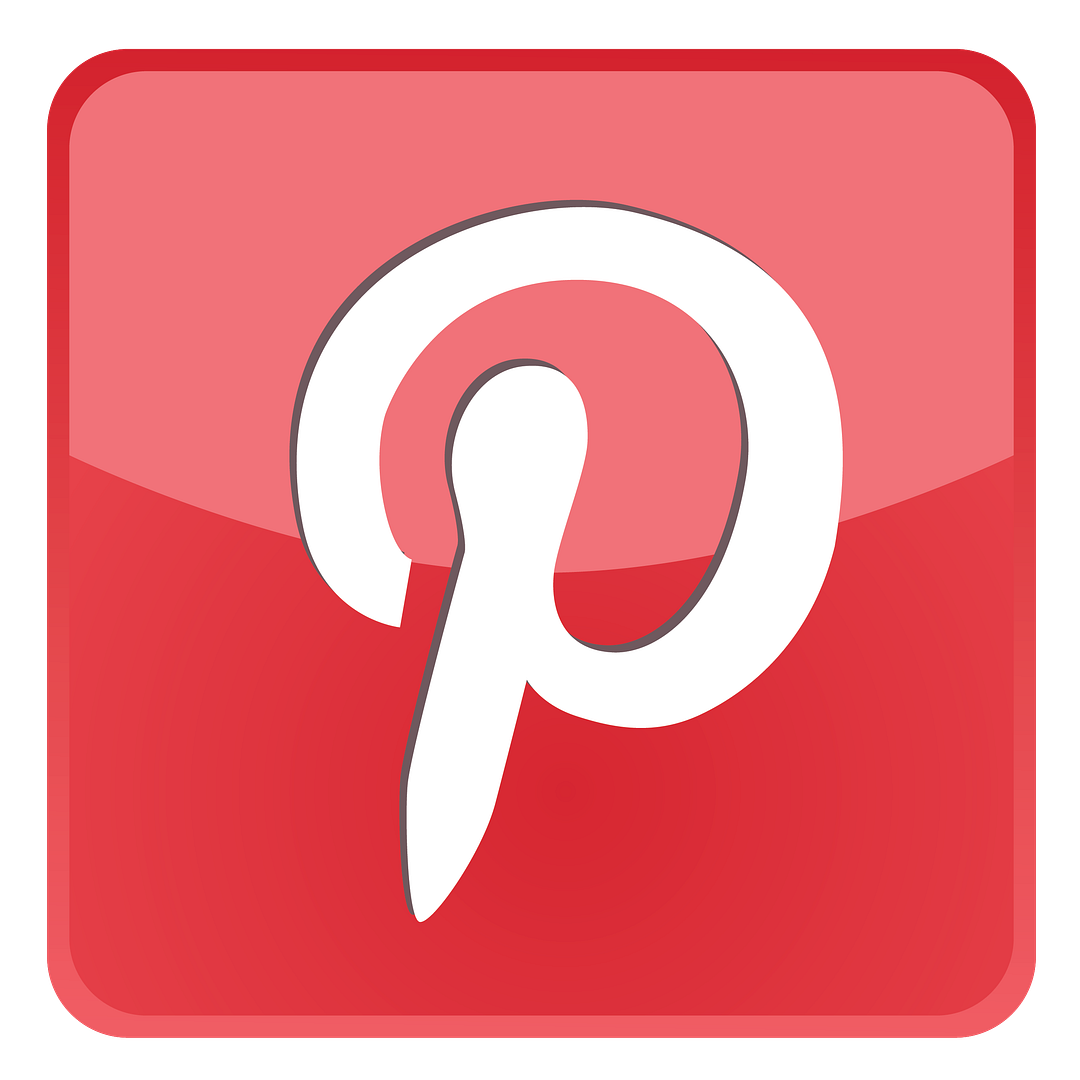This past weekend I decided to make a new headboard out of a dropcloth I picked up at the hardware store.

I really love the way it turned out, and for about $10 worth of dropcloth, it's a great solution until we can upgrade to a king bed.

I really love the way it turned out, and for about $10 worth of dropcloth, it's a great solution until we can upgrade to a king bed.
I got the idea to use the dropcloth on our headboard after doing this project earlier this month.
You remember from my previous master bedroom posts, I already had a homemade upholstered headboard.
While I loved my first version, I wanted try try out a different shape. So, I enlisted Jesse to cut it down to size for me.
Here's the shape of the template I cut out of some posterboard and then traced onto the plywood. (I forgot to capture a picture of this step, so bear with my sad little drawing!) I simply traced it one one half of the plywood, and then flipped it over to the other side so the headboard would be symmetrical.
Now that you have your plywood in the shape you want your headboard to be, (You can create any shape you want in this step. I kept it simple for Jesse's sake. Don't bite the hand that is willing to help you with your headboard.) the next step is adding the foam and batting.
Now that you have your plywood in the shape you want your headboard to be, (You can create any shape you want in this step. I kept it simple for Jesse's sake. Don't bite the hand that is willing to help you with your headboard.) the next step is adding the foam and batting.
I attached some foam padding and old pillow foam (only because I ran out of foam and am super cheap.) using some spray adhesive.
Many tutorials I've seen say to cut the foam in the same shape as the headboard, but I actually chose to wrap the foam over the top and sides and staple it to the back before I added the batting. I'm glad I did too. I did it the other way on my first attempt at a DIY headboard and this one looked so much better! Wrapping the foam around the edges gives it a much comfier and more finished look.
The above picture is after I already had the batting on, but you can see how the foam is wrapped over the top and stapled on the back.
After I had my foam in place on the plywood, I wrapped the batting around the entire thing, pulled it as tight as possible, and stapled it around the back. The batting holds everything down and smoothes it out to give it an even shape. Batting is fairly inexpensive and can be found at most fabric stores usually for about $7-$10/yard.
Here is a picture of the headboard once the foam and batting is on. Since I ran out of foam and had to fill in some spots with pillow stuffing, the batting was very important, as it did a great job of securing everything in place. Hopefully, when you make your own headboard, you'll have enough foam. Plus, that bottom part goes back behind the mattress, so no one would see it anyways.
The above picture is after I already had the batting on, but you can see how the foam is wrapped over the top and stapled on the back.
After I had my foam in place on the plywood, I wrapped the batting around the entire thing, pulled it as tight as possible, and stapled it around the back. The batting holds everything down and smoothes it out to give it an even shape. Batting is fairly inexpensive and can be found at most fabric stores usually for about $7-$10/yard.
Here is a picture of the headboard once the foam and batting is on. Since I ran out of foam and had to fill in some spots with pillow stuffing, the batting was very important, as it did a great job of securing everything in place. Hopefully, when you make your own headboard, you'll have enough foam. Plus, that bottom part goes back behind the mattress, so no one would see it anyways.
Now that everything is in place and ready to be upholstered, it's time to bring in the drop cloth! I chose a drop cloth for my upholstery fabric because it's basically a thick, durable cotton canvas and it was the perfect color. And it was $10 for nearly 5 yards.
I cut the drop cloth material to size and wrapped it around the entire headboard, stapling in the back. Since my headboard is hanging on the wall with D-rings, I wasn't too worried about how the back would look.
Basically you just want to pull as tightly as possible and check the other side every so often to make sure everything is even and being pulled smooth. I put a little more care into the edges. Folding them over like the below picture seemed to work best.
Now that the upholstery part of the headboard is done, it's time to affix the nailhead trim. And here's a little secret I've figured out. You can buy nailhead trim by the yard. The nailheads come in an attached strip, and you only have to hammer in every fifth hole. It's so much easier than hammering in a million individual nails, and it keeps them all in a straight line. I know many people prefer the look of individual nailheads, but for me this was such a timesaver!
I was able to purchase nailhead trim by the yard really cheap on eBay. I've also seen it at craft stores, but for a higher price.
Oh, and if you're wondering about the sock....I couldn't find my mallet and since I didn't want to scratch my newly spray painted nailheads, so I put a sock on my hammer.
I realize how ridiculous that is.
So, that's it! My DIY dropcloth upholstered headboard...so easy and inexpensive! And it looks great in our bedroom.
(For a good laugh, you should see all the decorating mistakes I've made in this room in the past few years here.)
Thanks so much for stopping by!



(For a good laugh, you should see all the decorating mistakes I've made in this room in the past few years here.)
Thanks so much for stopping by!



-->


.JPG)
.JPG)
.jpg)












.jpg)
.JPG)
.JPG)
.JPG)
.JPG)
.JPG)
.JPG)
.JPG)
.JPG)
.JPG)
.JPG)
.JPG)
.JPG)

.JPG)

.JPG)






